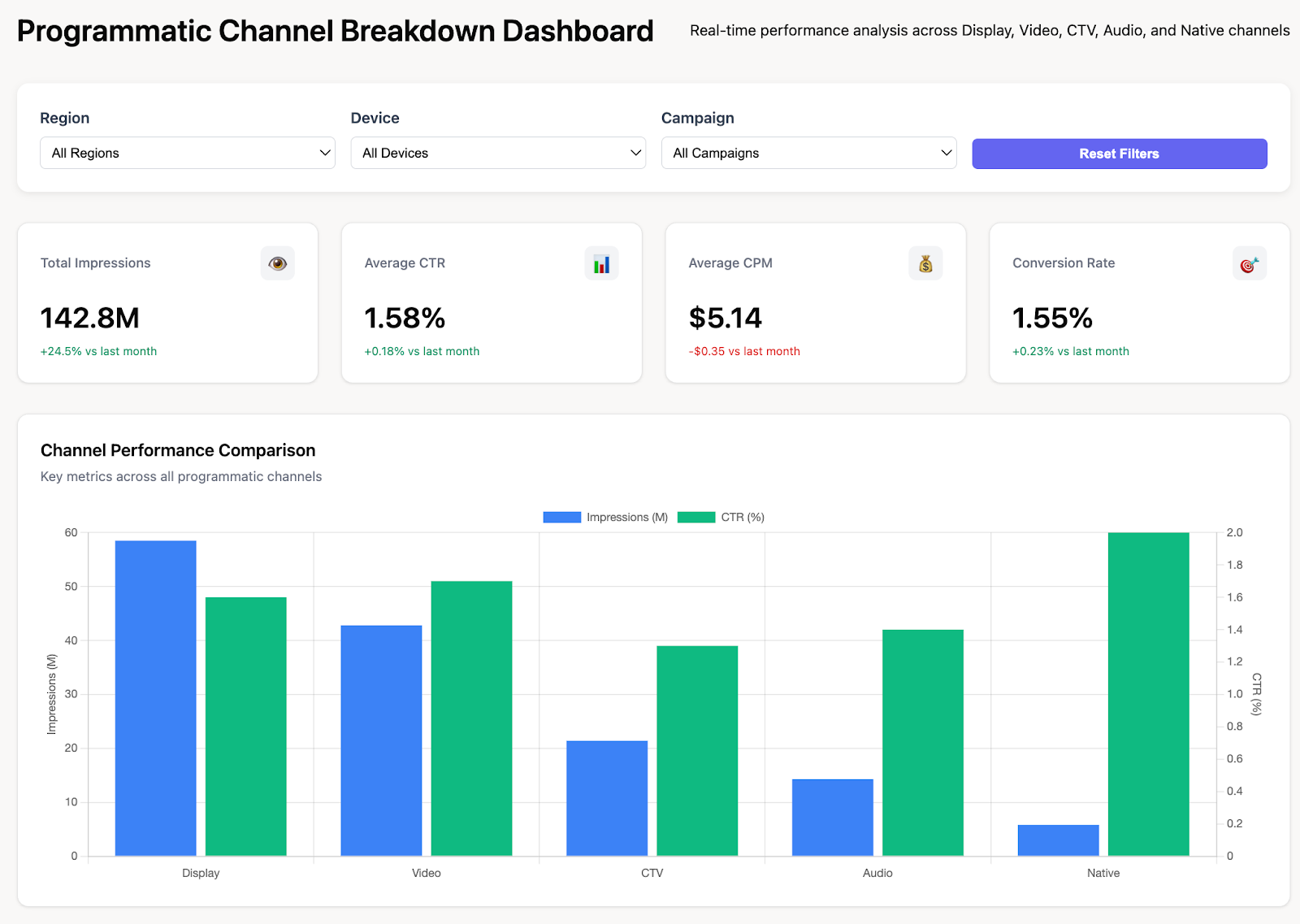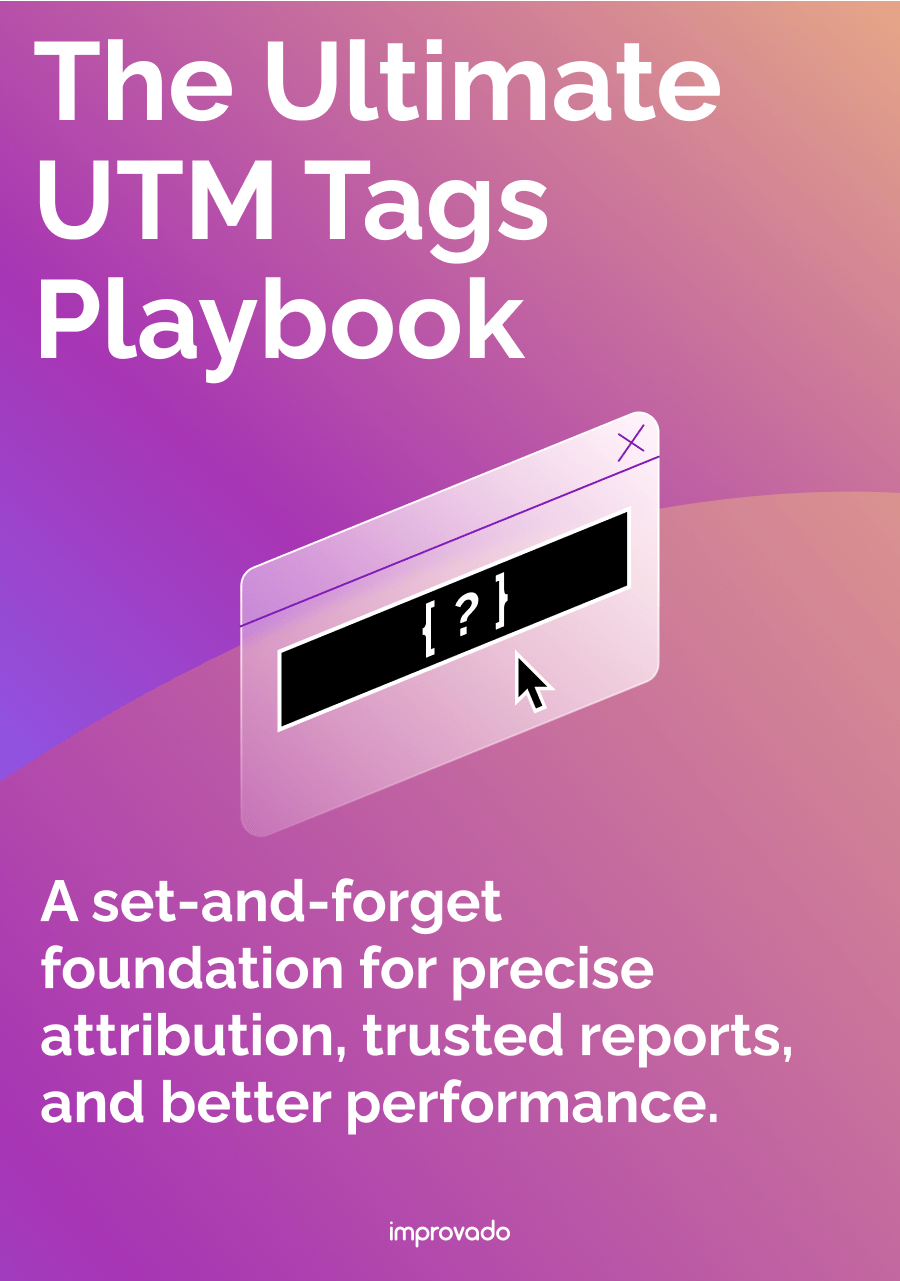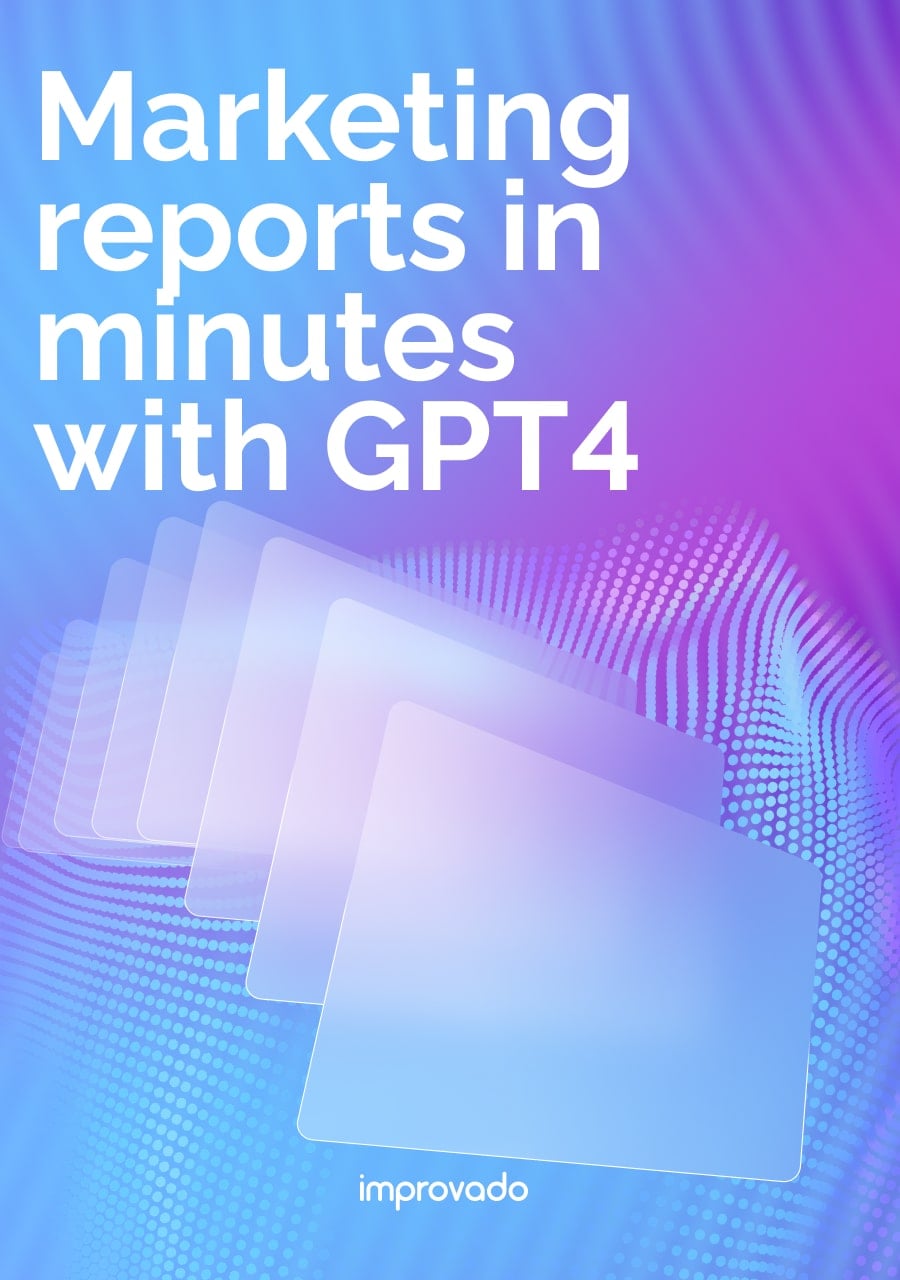Programmatic advertising is no longer a niche tactic, it’s how modern media buying operates. It gives marketers control, precision, and efficiency by automating how ads are bought, targeted, and optimized across channels. In an environment where budgets must prove measurable impact, programmatic ensures every impression, bid, and placement is backed by data.
This guide explains how programmatic advertising works, why it matters, and how to use it effectively. It covers the ecosystem of platforms and players, core components like DSPs and data exchanges, and advanced practices around targeting, bidding, and measurement that separate high-performing campaigns from the rest.
Key Takeaways
- Programmatic advertising is the automated, real-time buying and selling of digital ad space using software and algorithms.
- The process works through an ecosystem of platforms, including Demand-Side Platforms (DSPs) for advertisers and Supply-Side Platforms (SSPs) for publishers, which connect via ad exchanges.
- Key benefits include precision targeting, cost-efficiency, real-time optimization, and vast reach across various digital channels.
- Challenges like ad fraud, data privacy, and a steep learning curve require strategic solutions and advanced analytics to overcome.
What Is Programmatic Advertising?
At its core, programmatic is about efficiency and precision. It allows an advertiser to show a specific ad to a specific user at a specific time, based on a wealth of data about that user's behavior, interests, and demographics. This data-driven approach ensures that programmatic ads are more relevant to the audience, leading to better performance and a higher return on investment (ROI).
How Programmatic Advertising Works: The Automated Process
The magic of programmatic advertising happens in milliseconds. While it seems complex, the process can be broken down into a few key steps that occur nearly instantaneously every time a user loads a webpage with ad space.
Let’s use a real-world example: A retail brand wants to advertise its new running shoes to users who have recently searched for running gear and are located near one of its stores.
- A User Visits a Website: A person interested in running visits a popular fitness blog. As the page begins to load, the publisher’s ad space becomes available.
- The Ad Request is Sent: The publisher’s website sends an ad request to its Supply-Side Platform (SSP), including data about the user (anonymized, of course), such as their location, browsing history, and demographics.
- The SSP Analyzes the Request: The SSP forwards this information to multiple ad exchanges, which act as digital marketplaces.
- The Ad Exchange Initiates an Auction: The ad exchange presents the available ad impression to numerous Demand-Side Platforms (DSPs).
- DSPs Place Bids: The retail brand’s DSP recognizes that this user fits its target audience criteria (interest in running, near a store). It analyzes the value of this specific ad impression and places a bid in a real-time bidding (RTB) auction against other advertisers’ DSPs.
- The Winner is Chosen: The ad exchange selects the highest bidder in less than a fraction of a second.
- The Ad is Served: The winning ad, in this case, the retail brand's running shoe ad, is sent back to the publisher’s website and displayed to the user as the page finishes loading.
This entire automated process, from ad request to ad placement, happens in the time it takes to blink, ensuring a seamless experience for the user and an incredibly efficient transaction for the advertiser and publisher.
The Programmatic Advertising Ecosystem Explained
The automated process described above is powered by a complex but interconnected ecosystem of technologies. Understanding these components is key to grasping how programmatic media buying functions.
Demand-Side Platforms (DSPs)
DSPs are the software used by advertisers and agencies to buy ad impressions from exchanges in an automated way. Marketers use a DSP to set up their campaigns, define their target audience, manage their budgets, and place bids.
The DSP’s algorithm then works to find and bid on the most relevant and cost-effective ad inventory available across the web.
Popular DSPs include The Trade Desk, MediaMath, and Google Display & Video 360 (DV360).
Supply-Side Platforms (SSPs)
SSPs are the publisher’s equivalent of a DSP. This software allows digital publishers to manage, sell, and optimize their available ad inventory (ad space).
An SSP connects a publisher's inventory to multiple ad exchanges, DSPs, and ad networks at once, ensuring they can sell their ad impressions to the largest possible pool of potential buyers at the highest price.
Ad Exchanges
Ad exchanges are the neutral, digital marketplaces that facilitate the buying and selling of ad inventory from multiple SSPs to multiple DSPs. Think of them as the stock exchanges of the advertising world, where the price of ad impressions is determined through real-time bidding auctions.
Data Management Platforms (DMPs)
DMPs are platforms that collect, organize, and activate large sets of first- and third-party audience data. Advertisers use DMPs to create detailed audience segments (e.g., "males aged 25-40 interested in hiking"). This data is then pushed to a DSP to inform targeting decisions, allowing advertisers to bid only on impressions that reach their ideal customer profiles.
The 4 Types of Programmatic Deals
Not all programmatic ad buying happens in an open auction. There are four primary types of programmatic deals, each offering a different level of exclusivity and control.
Real-Time Bidding (RTB) / Open Marketplace
This is the most common type of programmatic deal. It’s an open, real-time auction where any advertiser can bid on a publisher’s ad inventory. The highest bidder wins the impression. RTB offers the greatest scale and reach but provides less control over exact ad placement.
Private Marketplace (PMP)
A PMP is an invite-only auction where a publisher makes their premium ad inventory available to a select group of advertisers. It offers more transparency and brand safety than the open marketplace, as advertisers know exactly where their ads will appear. PMPs provide a good balance between the scale of RTB and the exclusivity of direct deals.
Preferred Deals
In a preferred deal, an advertiser gets the first look at a publisher's inventory at a pre-negotiated fixed price before it's made available on the PMP or open marketplace. The advertiser can choose to buy the impression at that price or pass on it. This model offers predictability in pricing and priority access to valuable ad space.
Programmatic Guaranteed / Programmatic Direct
This is the most similar to traditional media buying. An advertiser and a publisher agree to a deal for a guaranteed volume of ad impressions at a fixed price. The transaction is then automated through programmatic platforms. This method is ideal for large-scale campaigns where securing specific, high-value inventory is the top priority.
| Deal Type | Key Benefits | Best Use Cases |
|---|---|---|
| Real-Time Bidding (RTB) / Open Marketplace | Offers the broadest reach and flexibility across large-scale inventory with dynamic, auction-based pricing. Enables real-time optimization and efficient budget control, making it ideal for data-driven performance campaigns. | Best for broad audience acquisition, awareness campaigns, and testing creatives, audiences, or strategies at scale where reach and cost efficiency are priorities. |
| Private Marketplace (PMP) | Provides access to premium publisher inventory through invitation-only auctions. Ensures higher brand safety, transparency, and inventory quality while maintaining competitive pricing and priority access over open exchanges. | Used for brand-focused campaigns that require premium placements, contextual alignment, and higher control over ad environments without sacrificing scalability. |
| Preferred Deals | Enables advertisers to purchase premium inventory at a fixed CPM before it becomes available in auctions. Combines price predictability with exclusive access and flexibility in impression volume. | Ideal for advertisers seeking stable pricing and consistent access to high-value audiences, particularly for ongoing or seasonal campaigns where consistency and control are essential. |
| Programmatic Guaranteed / Programmatic Direct | Secures guaranteed inventory and impressions at pre-agreed rates, combining automation with the certainty of traditional direct deals. Offers maximum transparency, control, and delivery assurance. | Best suited for enterprise-level campaigns, major brand launches, and high-impact initiatives where guaranteed placement, timing, and audience quality are non-negotiable. |
Programmatic Advertising Channels & Formats
Programmatic technology isn't limited to just banner ads. It enables advertisers to buy a wide variety of ad formats across numerous digital channels.
Display and Native Ads
Display remains the foundation of programmatic advertising, encompassing standard IAB units such as banners, leaderboards, and skyscrapers served across publisher networks. Native formats, meanwhile, integrate seamlessly with a platform’s editorial environment, appearing as in-feed articles, sponsored listings, or recommendation widgets.
Their non-disruptive design delivers stronger engagement and higher viewability, particularly in mobile and content-heavy environments. Both display and native benefit from programmatic’s dynamic creative optimization, which tailors visuals and messages in real time based on audience data.
Video and Connected TV (CTV)
Video is now one of the most effective programmatic channels for brand and performance campaigns alike. It spans pre-roll, mid-roll, post-roll, and out-stream placements across premium publishers and streaming platforms. The rise of Connected TV (CTV) extends these capabilities into the living room, enabling advertisers to apply digital targeting precision to TV inventory.
Through data-enriched buying, marketers can reach specific households by combining demographic, behavioral, and first-party audience data. CTV’s integration with programmatic buying platforms also allows for frequency control, sequential storytelling, and unified measurement across devices.
Social and Audio Ads
Social media operates on closed, programmatic-like ecosystems where advertisers access massive audiences through automated auctions and audience-based targeting. Platforms like Meta, LinkedIn, TikTok, and X (formerly Twitter) optimize delivery using real-time performance signals and machine learning models.
Meanwhile, programmatic audio has emerged as a fast-growing frontier, enabling advertisers to buy inventory across streaming services, podcasts, and digital radio. Using contextual, device, and listener-level data, brands can target audiences during specific moments of engagement, such as workouts, commutes, or leisure time, with precision comparable to display or video campaigns.
Benefits of Programmatic Advertising
The rapid adoption of programmatic advertising is driven by its significant advantages over traditional ad buying methods.
Precision Targeting & Greater Reach
Programmatic platforms allow marketers to leverage vast amounts of data to target audiences with incredible accuracy. Ads can be served based on demographics, interests, browsing behavior, purchase history, location, and more. This ensures that marketing messages reach the most relevant consumers across a massive network of websites and apps.
Cost-Efficiency & Improved ROI

By focusing ad spend on relevant impressions and eliminating waste, programmatic advertising makes media buying more cost-effective. The automated bidding process ensures advertisers pay the appropriate market price for each impression, while advanced targeting leads to higher conversion rates and a better overall return on investment.
Real-Time Measurement & Optimization
Programmatic campaigns provide immediate access to detailed performance data. Marketers can monitor key metrics in real time and make on-the-fly adjustments to targeting, creative, and bidding strategies to optimize campaign effectiveness. While individual programmatic platforms provide performance data, unifying this information across multiple DSPs and ad networks is a major challenge for marketing operations teams. An enterprise marketing analytics platform like Improvado automates this data consolidation, providing a single source of truth to accurately measure ROI and optimize campaigns without manual reporting.
Transparency & Control
Modern programmatic platforms have made significant strides in transparency. Advertisers have greater visibility into where their ads are being served, who is seeing them, and how much they are paying. Private marketplace and programmatic guaranteed deals offer even more control, ensuring ads appear only in brand-safe and premium environments.
Programmatic vs. Other Digital Advertising
It's common for marketers to wonder how programmatic fits in with other forms of digital advertising they may already be using.
What's the Difference Between Programmatic and PPC?
PPC (Pay-Per-Click) most often refers to search engine marketing (like Google Ads), where advertisers bid on keywords to appear in search results.
Programmatic advertising is a broader method for automatically buying ad space across a wide array of channels (display, video, CTV, audio) based on audience data, not just keywords. While both are auction-based, PPC is focused on user intent shown through search, whereas programmatic focuses on user identity and behavior across the web.
Is Google Ads a Programmatic Platform?
Yes, in part. The Google Display Network (GDN), which allows advertisers to place display and video ads across a network of millions of websites and apps, operates programmatically using real-time bidding.
Google's premium DSP, Display & Video 360 (DV360), is also a core programmatic platform. However, Google's flagship Search ads are bought through a separate, proprietary keyword auction system.
Are Facebook and Amazon Ads Considered Programmatic?
Yes. Facebook (Meta) and Amazon both operate their own highly effective programmatic advertising systems. They use an automated, auction-based model to sell ad inventory directly to advertisers, leveraging their immense first-party data for precise audience targeting.
These are often called "walled gardens" because they operate as self-contained ecosystems, separate from the open ad exchanges that connect many other publishers and advertisers.
Challenges in Programmatic Advertising
Despite its benefits, the programmatic landscape is not without its hurdles. Smart marketers need to be aware of these challenges to navigate them effectively.
Ad Fraud and Brand Safety
Ad fraud, where bots or other non-human traffic generate fake ad impressions, remains a significant concern.
Similarly, brand safety—the risk of an ad appearing next to inappropriate or harmful content, can damage a brand's reputation. Advertisers must use ad verification tools and create inclusion/exclusion lists to ensure their ads are seen by real people in suitable environments.
Data Privacy and The Cookieless Future
Growing consumer awareness and regulations like GDPR and CCPA have put data privacy at the forefront. The impending deprecation of third-party cookies by major browsers like Google Chrome is forcing the industry to find new ways to target and measure ads while respecting user privacy.
This shift is accelerating the move toward solutions based on first-party data and contextual targeting.
The Technical Learning Curve
The programmatic ecosystem is complex, with its own jargon and intricate technologies. For newcomers, there is a steep learning curve to understand the various platforms and strategies. For large enterprises running campaigns across dozens of programmatic platforms, the complexity multiplies.
The challenge isn't just learning one system, but managing and harmonizing data from all of them. This is where marketing intelligence platforms like Improvado become critical, by automatically pulling data from over 500 sources into a unified view, significantly reducing the complexity for analytics and marketing teams.
Future Trends in Programmatic Advertising
The programmatic industry is constantly evolving. Here are some of the key trends shaping its future.
The Rise of AI and Machine Learning
Artificial intelligence (AI) and machine learning are making programmatic advertising even smarter. Algorithms are becoming more sophisticated at predicting user behavior, optimizing bids in real time, and personalizing ad creative dynamically. This leads to more efficient campaigns and more relevant ad experiences for consumers.
Growth in Connected TV (CTV) and Digital Out-of-Home (DOOH)
Programmatic is expanding beyond web browsers. CTV is one of the fastest-growing channels, bringing digital targeting and measurement to the living room screen. Similarly, Digital Out-of-Home (DOOH), think digital billboards and screens in public spaces, is becoming increasingly programmatic, allowing for dynamic ads based on location, time of day, or even weather conditions.
Emphasis on First-Party Data
As third-party cookies phase out, the value of first-party data (information a company collects directly from its customers) is skyrocketing. Brands that can effectively collect, manage, and activate their own customer data will have a significant competitive advantage in the new, privacy-first programmatic landscape.
Closing the Loop on Programmatic Governance
As teams manage dozens of DSPs, verification partners, and data sources, maintaining consistency, compliance, and transparency across the entire programmatic advertising buying process becomes a major operational challenge. Without strong data governance, small discrepancies in campaign setup or delivery can cascade into significant reporting errors or wasted spend.
Improvado’s Marketing Data Governance is built to solve these challenges end to end. Before campaigns even launch, pre-flight data checks verify taxonomy, mapping, and tracking integrity, preventing costly setup mistakes.
During live campaigns, the platform continuously monitors key metrics and sends real-time alerts on anomalies, pacing issues, or fraud signals.
Once campaigns conclude, the platform automatically aggregates and harmonizes data from all programmatic channels, verification tools, and analytics systems into a single source of truth.
The result is a governed, transparent, and audit-ready foundation for performance analysis, ensuring every impression, click, and dollar is accounted for with complete accuracy.
.png)



.png)
